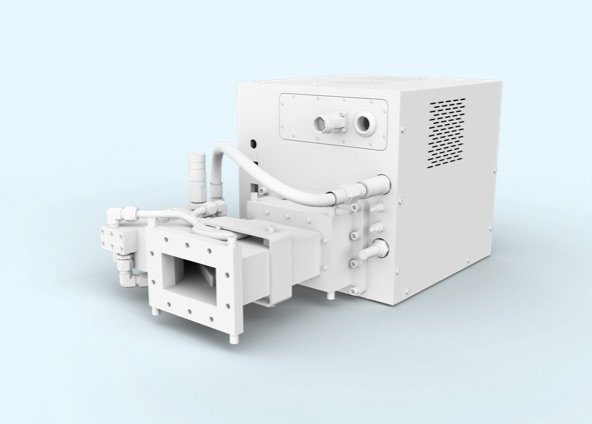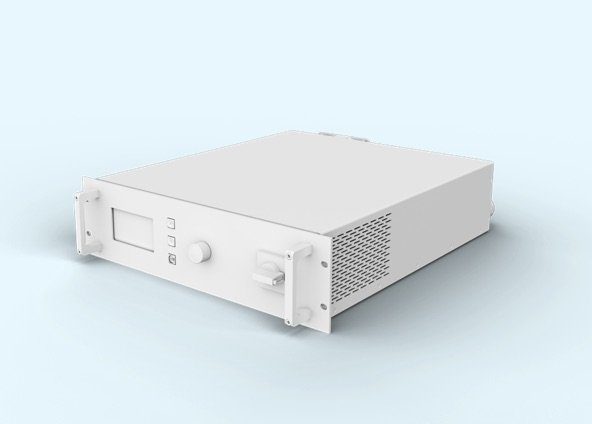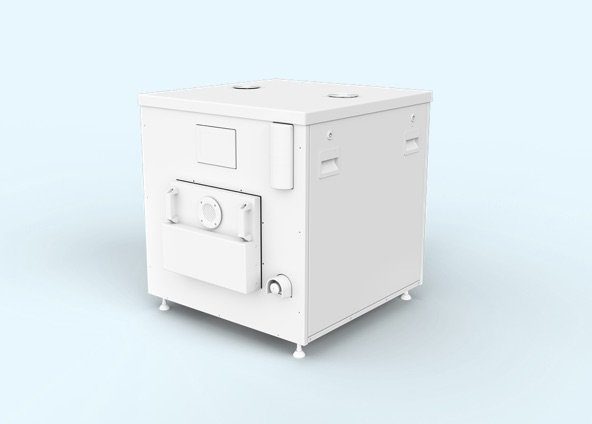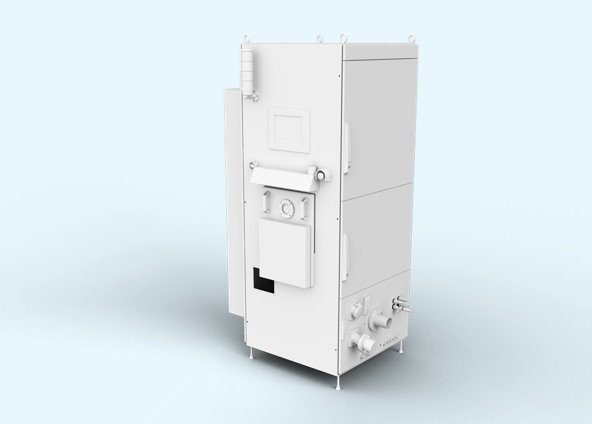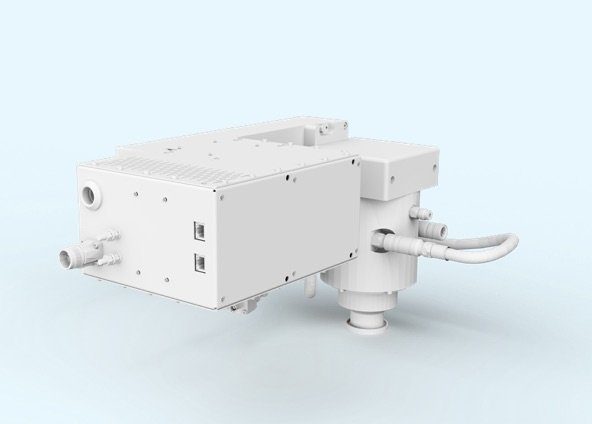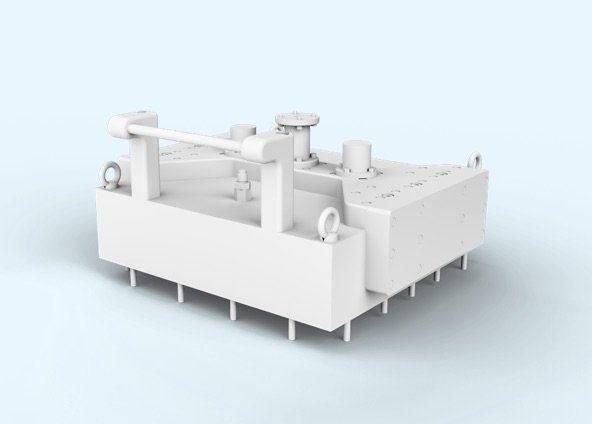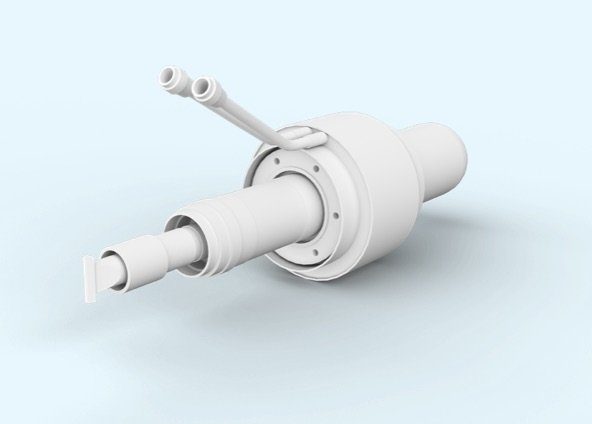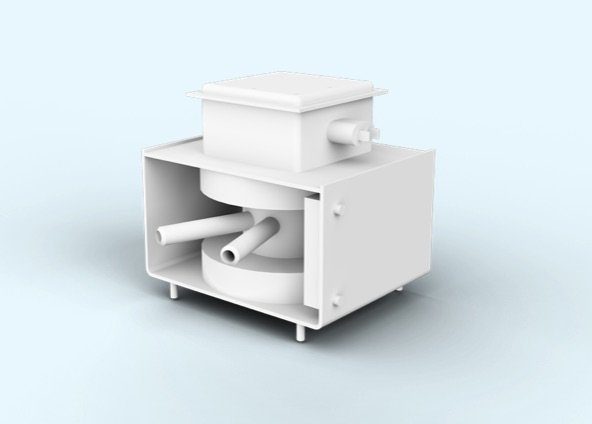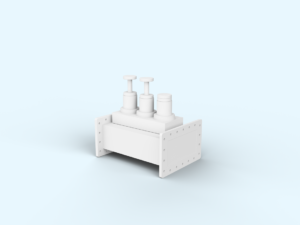How Duo-Plasmaline systems bring power to your sustainable energy applications
Everybody wants to live on a healthier planet! Innovators from all industries are working hard towards a more sustainable future. Yet in many cases, there is still room for improvement with regards to the efficiency, quality and upscalability of green technologies, especially of those linked to the manufacturing of zero emission car batteries and flexible photovoltaic panels.
MUEGGE’s microwave-powered Duo-Plasmaline systems allow innovators to step up their game when it comes to surface processing and modification in the field of sustainable energy production and storage.
If you want to understand the hows and whys of this technology, this expert review will help you to discover how Duo-Plasmaline systems enable high radical densities, high plasma homogeneity on large treated areas, and easy upscaling.
1. Generating homogenous plasma: Where other systems fail to perform
Microwave plasma excitation at low-pressure is based on the acceleration of free electrons within the electric field of the microwaves. Ideally, once formed via gas ionization, the electrons collide with each other and with neutral and charged species producing an avalanche effect which leads to the formation of the plasma. The operating pressure of the vacuum chamber is an important parameter in this process: at low-pressure the mean free path of the accelerated free electrons is significantly shorter than the dimensions of the vacuum chamber and a non-equilibrium plasma is formed, characterized by neutrals and ions at ambient temperature and by “hot” accelerated free electrons. When the pressure in the vacuum chamber is further reduced so that the mean free path of the free electrons is in the range of the dimensions of the vacuum chamber, the probability of collision between the free electrons with the walls of the vacuum chamber increases significantly, thus inhibiting the avalanche effect which is essential for forming and sustaining the plasma.
“Reducing or increasing the pressure the wrong way may inhibit forming or sustaining a plasma.”
On the other hand, increasing the pressure will allow the energy transfer to heavy particles like neutrals and ions, causing the plasma to gradually thermalize. Therefore, the bulk temperature of the plasma increases. On the other hand, if keeping the microwave energy constant by increasing the particle density, e.g., by increasing gas flow, the excitation energy will not be sufficient to maintain the plasma.
Increasing the electron density at constant pressure inhibits microwave propagation. At the so-called critical density, microwaves can no longer penetrate the plasma and are reflected, the plasma acting like a conducting wall.
N.B. The critical density is proportional to the square of the frequency of the electromagnetic wave.
2. For enhanced productivity and easy upscaling - Duo-Plasmaline is the solution
Based on the principles underlined above, many microwave plasma sources have been conceived as to take advantage of the elevated efficiency of the high radical density that is typical to microwave plasmas. However, the formation of specific modes, of standing waves and the fact that the vacuum wavelength of the microwaves can have the same geometrical dimension as the material to be treated can lead to inhomogeneous plasma treatment of the substrate’s surface. Scaling-up microwave plasma sources for large substrates is an important challenge. The Duo-Plasmaline microwave plasma source as well as the Plasma Array (based on multiple Duo-Plasmaline) perfectly measure up to these challenges.
3. Increasing your product quality - Duo-Plasmaline for homogeneous plasma
The Duo-Plasmaline is a low-pressure microwave plasma source. The plasma is formed by microwave excitation only i.e., without the effect of an additional magnetic field. To put it simply, the Duo-Plasmaline is an inverse fluorescent tube excited by microwaves: a coaxial line is mounted through the vacuum vessel i.e., the microwave energy transmission line (antenna) made of electrically conducting material and powered by microwaves from both sides. Inside the vacuum vessel, the outer coaxial conductor is replaced by a dielectric tube made of glass, quartz or ceramics. The inside of the dielectric tube is at atmospheric pressure, whereas the outside i.e., the vacuum vessel, is at low pressure, preferably in the range between 10 Pa and 1000 Pa. Microwaves can pass the dielectric tube and propagate into the low-pressure regime of the vacuum vessel. When the electric field strength of the microwaves exceeds the breakdown field strength, a discharge ignites in the low-pressure regime at both ends of the Duo-Plasmaline where the outer coaxial conductor is replaced by the dielectric tube. The short plasma ‘hoses’ formed at both ends of the Duo-Plasmaline are electrically conducting media and thus replace the missing outer coaxial conductor. With the increase of the microwave power, the plasma extends from both ends along the dielectric tube, until an axially homogeneous plasma is formed – see Figure 1.
Figure 1: Axially homogeneous plasma formed around the Duo-Plasmaline low-pressure microwave plasma source [1]
The formation of an axially homogeneous low-pressure plasma around a Duo-Plasmaline with a length of over 3 m has been demonstrated for applications using only a few kW of 2.45 GHz microwave power.
4. Combining powers - Duo Plasmaline and Plasma Array for highly efficient surface treatment
A two-dimensional Plasma Array source is obtained when arranging equidistantly two or more parallel Duo-Plasmalines. While a Duo-Plasmaline provides an axially homogeneous plasma, the Plasma Array generates a large and homogeneous plasma, see Figure 2. Consequently, a Duo-Plasmaline is preferably used for plasma surface treatment in continuous in-line processes, whereas a Plasma Array is suitable for continuous and batch processes. Both the Duo-Plasmaline and the Plasma Array allow highly efficient surface treatment even for thermally sensitive materials because of the high radical density at low ion energy of the non-equilibrium microwave plasma at low-pressure.

Figure 2: Two-dimensional homogeneous plasma formed by a Plasma Array microwave plasma source at low-pressure [2].
5. Customize your surface dimensions - Scalability of plasma area in width and length
Due to its modular design, the Plasma Array is easy to adapt to the dimensions of the substrate by configuring the number and the length of the Duo-Plasmalines in the Plasma Array. Hence, the active plasma area can be scaled in width and length.

Figure 3: Schematic of a Plasma Array consisting of four Duo-Plasmalines for low-pressure plasma treatment of a surface (represented in green)
A schematic of a Plasma Array consisting of four Duo-Plasmalines in a process chamber for plasma surface treatment at low-pressure is shown in Figure 3. The four Duo-Plasmalines are supplied with microwave energy from the left and from the right. The microwave energy is generated by two magnetron-heads on each side. Each magnetron-head supplies two Duo-Plasmalines with microwave energy via a power splitter. Power split equally to two or more Duo-Plasmalines guarantees the best plasma homogeneity on the substrate.
Figure 4 shows a Plasma Array consisting of six Duo-Plasmalines with a length of 160 cm each, thus forming an active plasma area of approximately 150 cm x 200 cm for e.g., coating of solar cells with silicon-nitride.

Figure 4: Plasma array consisting of six Duo-Plasmalines integrated into a process chamber for e.g., low-pressure plasma deposition of thin films used in the production of solar cells (courtesy of Meyer Burger Germany)
6. Open possibilities for innovative applications - Duo-Plasmalines and plasma arrays
Apart from deposition of thin films, Muegge’s Duo-Plasmalines and Plasma Arrays sources are also used for plasma assisted surface treatment like surface activation, etching, cleaning and even sterilization. Today and going forward, this exciting technology offers a broad range of revolutionary processes for sustainable energy production and storage. Examples of exciting applications for non-equilibrium microwave plasma processes at low-pressure include the deposition of silicon nanowires for novel lithium-ion batteries and surface modifications in fuel cell technology.
Visit our website to discover our hands-on cases and examples of Duo-Plasmaline and Plasma Arrary and to find out how you can use them to support your innovations and product development.
References
[1] A. Schulz, P. Büchele, E. Ramisch, O. Janzen, F. Jimenez, C. Kamm, J. Kopecki, M. Leins, S. Merli, H. Petto, F. R. Mendez, J. Schneider, U. Schumacher, M. Walker, U. Stroth, Contrib. Plasma Phys., 2012, 52, 607-614.
[2] M. Walker, A. Schulz: Duo-Plasmaline. [online] Homepage: University of Stuttgart, Institute of Interfacial Process Engineering and Plasma Technology (IGVP)
URL: https://www.igvp.uni-stuttgart.de/en/research/plasma-technology/sources/plasmaline/ [status: June 16, 2021].
